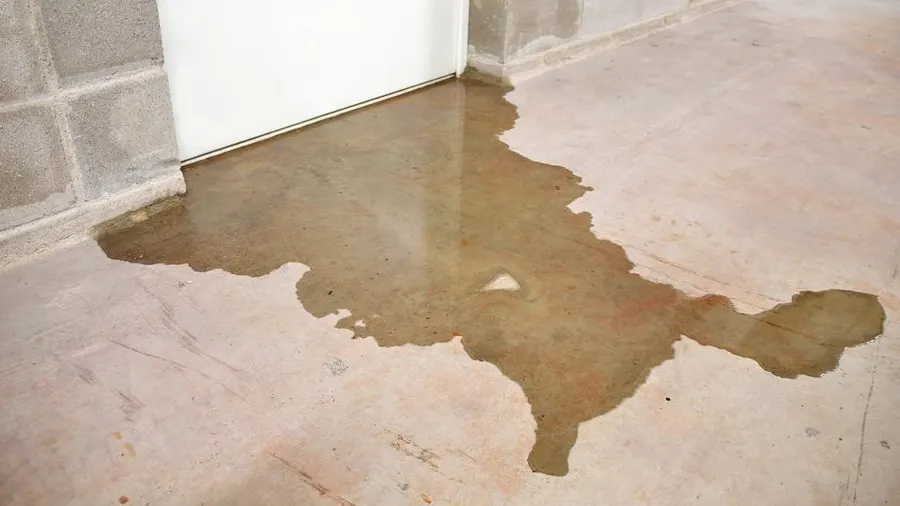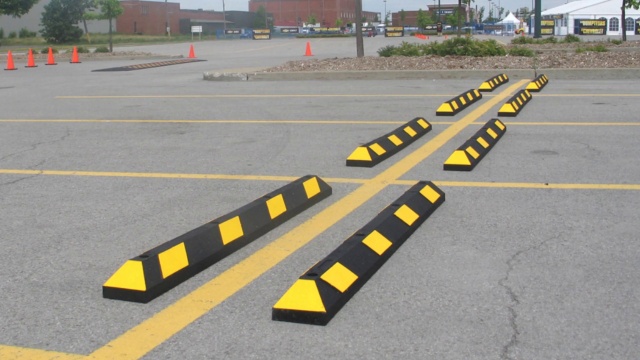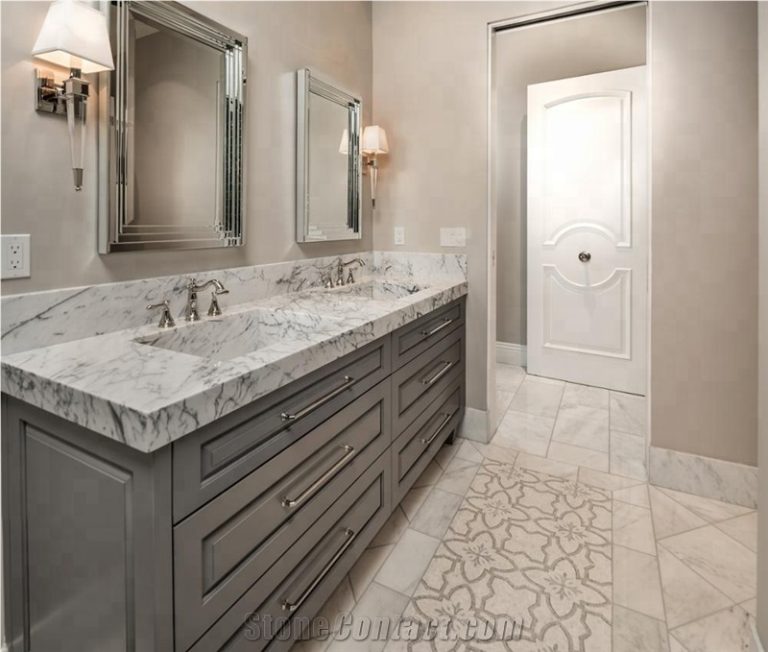Understanding and Addressing Slab Leaks: A Comprehensive Guide
Slab leaks are a concerning and potentially damaging issue that can affect homes with a concrete slab foundation. These leaks occur when water pipes beneath the concrete slab develop cracks or leaks, leading to water seepage. In this comprehensive guide, we will explore the causes, signs, detection methods, repair options, and preventive measures associated with slab leaks.
Causes of Slab Leaks:
- Corrosion: Over time, the pipes beneath the slab can corrode due to the chemical composition of the soil or water. Corrosion weakens the pipes, making them susceptible to leaks.
- Abrasion: The movement of soil, particularly in areas with shifting soil or seismic activity, can cause pipes to rub against rocks or other materials. This abrasion can lead to pipe damage and eventual leaks.
- Poor Installation: Incorrect installation of pipes or the use of substandard materials during construction can contribute to the development of slab leaks.
- Water Pressure Issues: Excessive water pressure can cause stress on the pipes, leading to cracks or leaks. Inconsistent water pressure, often caused by faulty pressure regulators, is a common culprit.
Signs of Slab Leaks:
- Unexpected Increase in Water Bills: A sudden and unexplained spike in water bills could be an indication of a slab leak, especially if your water usage habits haven’t changed.
- Damp or Warm Spots on Floors: If you notice areas of your floor that are unusually warm or damp, it may suggest a slab leak. This is particularly relevant for homes with radiant heating systems embedded in the slab.
- Mold or Mildew Growth: Excess moisture from a slab leak can create an environment conducive to mold and mildew growth. Check for moldy or musty odors and visible signs of mold on walls or flooring.
- Low Water Pressure: Slab leaks can result in reduced water pressure throughout the house. If you’re experiencing a sudden drop in water pressure, it’s worth investigating the possibility of a slab leak.
- Cracks in Walls or Flooring: As water from a slab leak spreads, it can cause the foundation to shift, leading to cracks in walls or flooring. These structural issues are serious and should be addressed promptly.
Detection Methods:
- Electronic Leak Detection: Professionals use electronic equipment to detect the sound of water flowing within the pipes. This method helps pinpoint the location of the leak without unnecessary disruption to the property.
- Infrared Technology: Infrared cameras can identify temperature variations caused by water leaks. This technology is effective in locating hidden leaks within the slab.
- Pressure Testing: By pressurizing the plumbing system and monitoring for pressure drops, plumbers can identify areas of the system that may be compromised.
Repair Options:
- Repipe or Reroute: In some cases, the best solution is to repipe the entire house or reroute the plumbing to bypass the damaged section. This involves accessing the pipes through the walls or ceilings.
- Epoxy Pipe Coating: Epoxy coating is applied to the interior of the pipes to seal leaks and prevent further corrosion. This method is less invasive than traditional repiping.
- Pipe Bursting: This method involves pulling a new pipe through the damaged one, causing the old pipe to burst outward. It is particularly useful for replacing damaged sections of sewer lines.
- Spot Repair: If the leak is isolated to a specific area, a spot repair may be possible. This involves cutting through the slab to access and repair the damaged pipe without affecting the entire system.
Preventive Measures:
- Regular Inspections: Conduct regular inspections of your plumbing system, including checking for signs of leaks, monitoring water bills, and ensuring proper water pressure.
- Maintain Stable Water Pressure: Install a pressure regulator to maintain consistent water pressure, reducing stress on your pipes and minimizing the risk of leaks.
- Proper Installation: Ensure that pipes are properly installed during construction or renovation projects. The use of high-quality materials and skilled professionals is crucial in preventing future issues.
- Foundation Maintenance: Keep the soil around your foundation properly maintained to prevent shifts and settling that could contribute to pipe damage.
Conclusion:
Slab leaks are a serious concern that, if left unaddressed, can lead to significant structural and financial consequences. Early detection and prompt repair are key to mitigating the damage associated with slab leaks. Regular maintenance, vigilant monitoring for signs of leaks, and professional assistance in the event of a suspected slab leak are crucial components of preserving the integrity of your home’s plumbing and foundation. By understanding the causes, signs, and repair options, homeowners can take proactive measures to safeguard their property from the potentially destructive impact of slab leaks.






